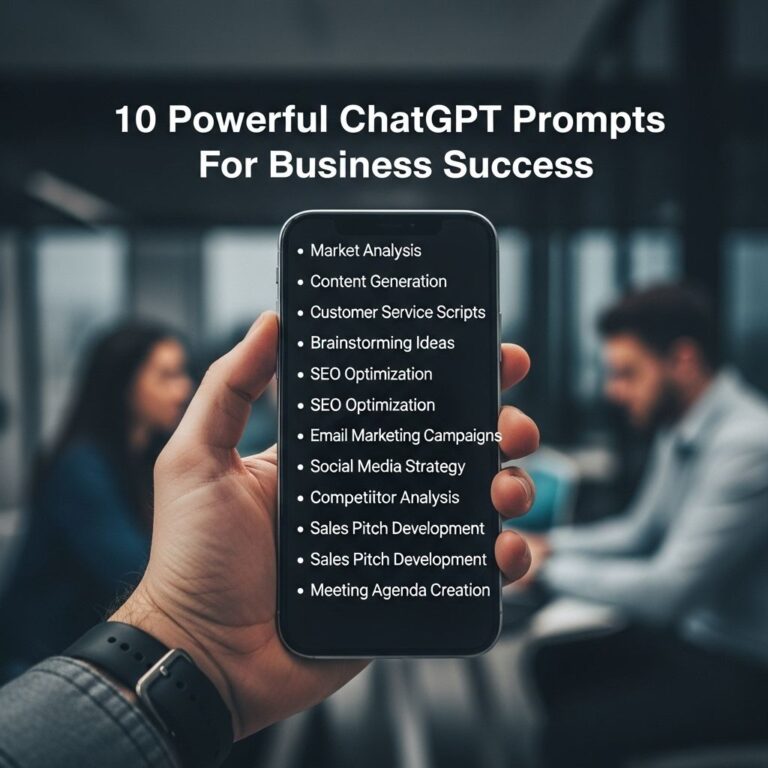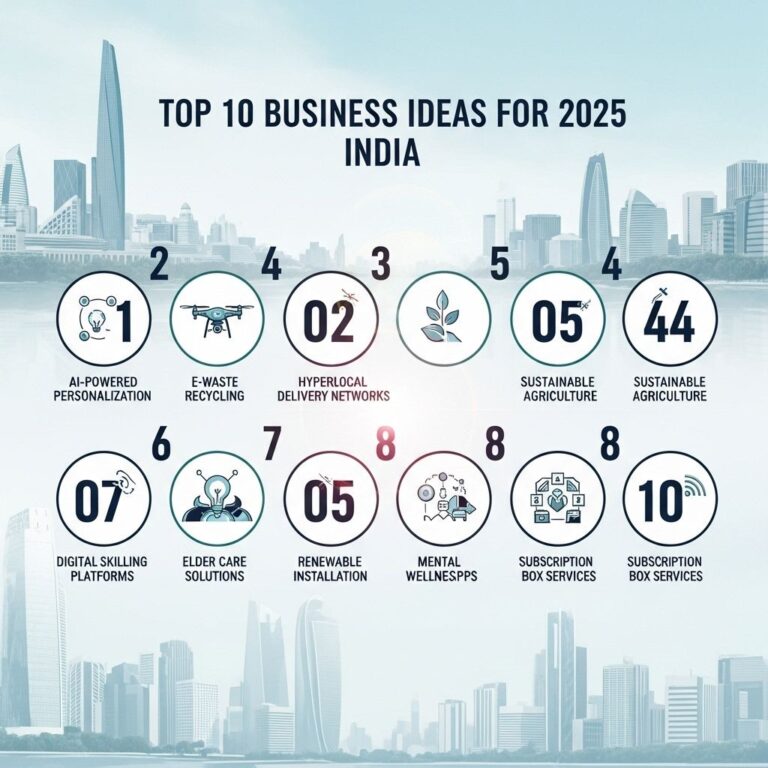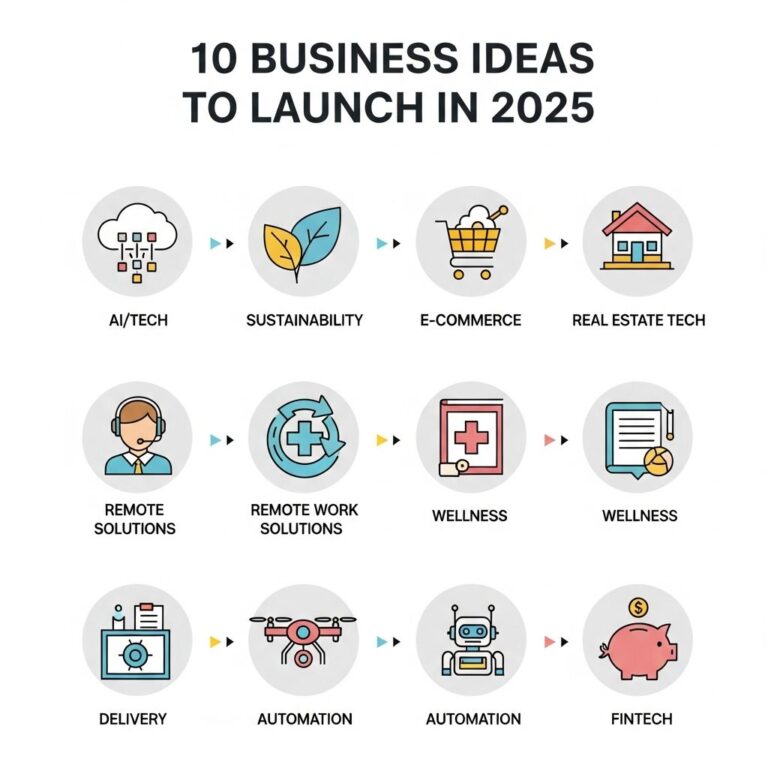In the fast-paced world of startups and innovation, validating ideas before substantial investment is crucial to success. Entrepreneurs often find themselves at a crossroads, unsure whether their idea will resonate with the target audience or if it will fall flat. Thankfully, various tools are designed to streamline the validation process, ensuring that businesses can make informed decisions based on real data. This article explores five proven tools to help validate ideas effectively.
Table of Contents
1. Surveys and Questionnaires
Gathering feedback directly from your potential users is one of the most straightforward ways to validate an idea. Tools like SurveyMonkey and Google Forms enable you to create surveys that can be distributed to a target demographic. Consider the following steps when using surveys:
- Define Your Audience: Identify who your potential users are and tailor your questions to their needs and behaviors.
- Ask Open-Ended Questions: Include questions that allow for more detailed responses, which can provide insight into customer pain points.
- Use Rating Scales: Ask participants to rate their interest in your idea on a scale to quantify feedback.
By analyzing the data collected, you can determine whether your idea has traction among potential customers.
2. Landing Pages
Creating a landing page is an effective way to gauge interest in your product or service. By presenting your idea along with a call-to-action (CTA), you can measure how many visitors are willing to sign up for more information or pre-order your product. Here’s how to set it up:
Steps to Create an Effective Landing Page:
- Clear Value Proposition: Clearly state the problem your idea solves.
- Strong Visuals: Use eye-catching images or videos to draw visitors’ attention.
- CTA Buttons: Use compelling CTAs like “Sign Up Now” or “Get Early Access” to encourage user engagement.
Using tools like Unbounce or Leadpages can help you design and test landing pages quickly. Monitor the conversion rates to assess interest levels.
3. Prototyping Tools
Creating a prototype allows you to visualize your idea and gain feedback on its functionality and design. Tools such as InVision and Figma enable you to build interactive prototypes that users can interact with. Prototyping offers several advantages:
| Benefit | Description |
|---|---|
| Visual Feedback | Users can provide input on design elements and usability. |
| Cost-Effective Testing | Identify flaws early without the expense of full development. |
| User Engagement | Engage potential customers by allowing them to experience the product. |
Incorporating user feedback from prototypes can significantly enhance your product before the final development phase.
4. A/B Testing
A/B testing, or split testing, is a method of comparing two versions of a webpage or product to see which one performs better. This technique is invaluable for refining your offerings based on user preferences. To effectively conduct A/B testing, follow these steps:
Implementing A/B Testing:
- Select a Goal: Determine what you want to achieve; it could be increasing sign-ups or optimizing user flow.
- Create Variants: Design two versions of your idea or page.
- Set Up the Test: Use tools like Optimizely or Google Optimize to run your test.
- Analyze Results: Collect data to see which version meets your goal more effectively.
By leveraging A/B testing, you can make data-driven decisions that lead to a superior final product.
5. Social Media Feedback
Social media platforms offer a unique avenue for validating ideas through direct engagement with potential customers. Utilizing platforms like Twitter, Facebook, or LinkedIn can help you gauge interest and gather feedback. Here are some strategies to maximize social media validation:
Strategies for Gathering Feedback on Social Media:
- Polls: Use the polling features on platforms like Twitter and Instagram to solicit quick feedback.
- Engagement Posts: Create posts that invite comments about your idea or product.
- Targeted Ads: Run ads featuring your idea to measure engagement and click-through rates.
Engaging with your audience on social media can provide insights into their preferences and help refine your idea based on real-world feedback.
Conclusion
In a competitive landscape, the ability to validate ideas efficiently can set successful entrepreneurs apart from the rest. By leveraging these five proven tools—surveys, landing pages, prototyping, A/B testing, and social media feedback—entrepreneurs can make informed decisions that enhance their product offerings. The key to success lies in actively listening to potential customers and iterating based on their input. Take advantage of these tools to ensure that your ideas meet the needs of your target audience, paving the way for a successful launch.
FAQ
What are the best tools for validating business ideas?
Some of the best tools for validating business ideas include surveys, landing pages, social media polls, customer interviews, and prototyping tools.
How can I use surveys to validate my business idea?
Surveys allow you to gather feedback directly from your target audience, helping you understand their needs, preferences, and whether there is demand for your idea.
What is a landing page and how does it help in idea validation?
A landing page is a standalone web page designed to capture leads or gauge interest in a product or service. It helps validate your idea by measuring the number of visitors and their engagement.
Why are customer interviews important for idea validation?
Customer interviews provide qualitative insights into potential users’ thoughts and feelings about your idea, allowing you to identify strengths and weaknesses.
What role do social media polls play in validating ideas?
Social media polls enable you to quickly gauge public interest and gather opinions from your audience, making them an effective and immediate validation tool.
How can prototyping tools assist in validating an idea?
Prototyping tools allow you to create a visual representation of your idea, which can be tested and iterated based on user feedback, helping to refine your concept before launch.









